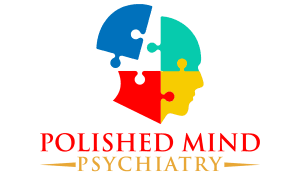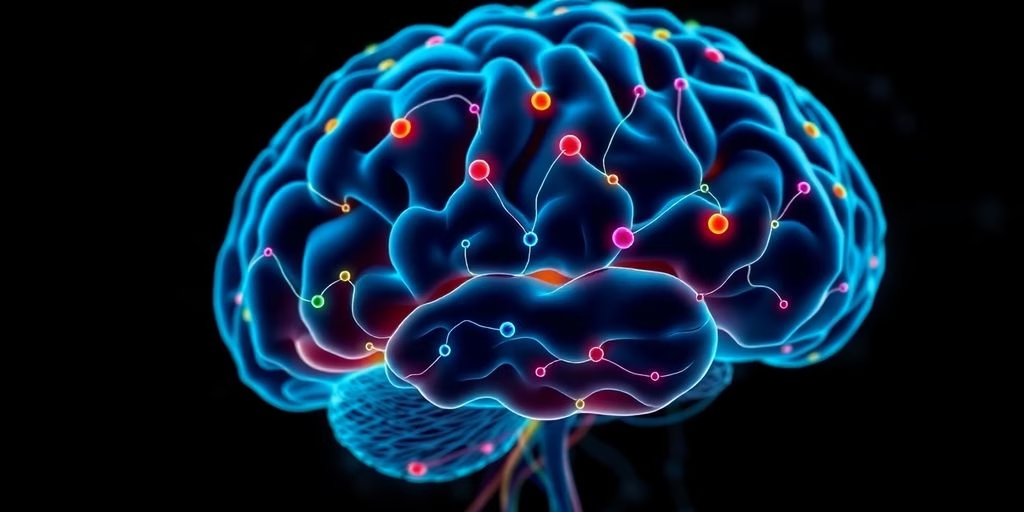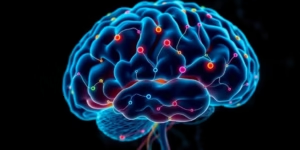Understanding ADHD DSM criteria is a key step for anyone seeking clarity on diagnosis and treatment. This guide breaks down the core elements professionals use to identify Attention-Deficit/Hyperactivity Disorder. It’s about recognizing specific patterns of behavior and how they affect daily life. Getting a clear picture helps in finding the right support.
Key Takeaways
- ADHD diagnosis relies on identifying patterns of inattentiveness and/or hyperactivity-impulsivity.
- Symptoms must be present before a certain age and occur in multiple settings to meet diagnostic standards.
- The impact of these symptoms on daily functioning is carefully assessed to confirm a diagnosis and guide treatment.
Understanding the Core Components of ADHD Diagnosis

Attention-Deficit/Hyperactivity Disorder (ADHD) is a neurodevelopmental condition that affects how individuals process information, manage impulses, and regulate their attention. For a diagnosis to be made, specific criteria outlined in the Diagnostic and Statistical Manual of Mental Disorders (DSM-5) must be met. These criteria are designed to ensure that the diagnosis is accurate and that treatment can be effectively tailored to the individual’s needs. At Polished Mind Psychiatry, we focus on providing clear and accurate diagnoses to help individuals understand their experiences and begin their journey toward better mental health. If you’re in Texas, Washington, California, Iowa, or New York, we encourage you to learn more about our services and how we can help. You can book an appointment with us to start.
Identifying Inattentive Symptoms
One of the primary ways ADHD can manifest is through a pattern of inattention. This doesn’t mean someone isn’t paying attention at all, but rather that their attention is easily diverted or they struggle to sustain focus on tasks that aren’t highly stimulating. The DSM-5 lists several specific symptoms related to inattention. To meet the diagnostic threshold, an individual typically needs to exhibit at least six of these symptoms, and they must have been present for at least six months to a degree that is inconsistent with their developmental level.
Common inattentive symptoms include:
- Difficulty paying close attention to details or making careless mistakes in schoolwork, work, or other activities.
- Trouble sustaining attention in tasks or play activities.
- Often seems not to listen when spoken to directly.
- Difficulty following through on instructions and failure to finish tasks (e.g., schoolwork, chores, duties in the workplace).
- Problems organizing tasks and activities.
- Avoids, dislikes, or is reluctant to engage in tasks that require sustained mental effort.
- Often loses things necessary for tasks or activities (e.g., keys, wallet, phone, paperwork, glasses, tools).
- Easily distracted by extraneous stimuli.
- Forgetful in daily activities (e.g., doing chores, running errands, returning calls, paying bills).
It’s important to remember that these symptoms must be present in more than one setting, such as home and school or work, to be considered significant. Understanding these specific indicators is the first step in recognizing how ADHD might be affecting someone’s life. For more information on how ADHD is diagnosed according to the DSM-5 criteria, our resources can provide further clarity.
Recognizing Hyperactive-Impulsive Behaviors
Another core component of ADHD involves patterns of hyperactivity and impulsivity. These behaviors are often more outwardly noticeable than inattentive symptoms. Similar to inattention, a certain number of these symptoms must be present for at least six months and be inconsistent with the person’s age and developmental level.
Hyperactive symptoms can include:
- Fidgeting with or tapping hands or feet, or squirming in seat.
- Leaving seat in situations when remaining seated is expected.
- Running about or climbing in situations where it is inappropriate.
- Unable to play or engage in leisure activities quietly.
- Often
Navigating ADHD DSM Criteria for Effective Treatment

Once the core symptoms of inattention and/or hyperactivity-impulsivity are identified, the next step in understanding ADHD diagnosis involves looking at how these symptoms impact an individual’s life. The Diagnostic and Statistical Manual of Mental Disorders (DSM) provides specific guidelines for this assessment. For individuals in states like Texas, Washington, California, Iowa, and New York, understanding these criteria is key to getting the right support. At Polished Mind Psychiatry, we help people understand these nuances.
Establishing Persistence and Pervasiveness of Symptoms
ADHD symptoms aren’t just occasional occurrences; they need to be present for a significant period and show up in multiple areas of life. This means the difficulties with focus, organization, or impulsivity aren’t limited to just one setting, like work or home, but are present across different environments.
- Persistence: Symptoms must have been present before a certain age, typically before 12 years old, and have continued consistently over time. This isn’t a new development that just started last week.
- Pervasiveness: The symptoms must be evident in at least two different settings. For example, a child might struggle with paying attention in school and also have trouble following instructions at home. An adult might find it hard to concentrate at work and also experience disorganization in their personal life.
- Consistency: The pattern of symptoms should be consistent, not just a reaction to a stressful event or a temporary change in routine.
It’s important to note that the DSM-5 criteria for ADHD in adults can sometimes feel a bit unclear, especially regarding how symptoms manifest differently as people age. This is why a thorough evaluation is so important to accurately capture the lived experience of ADHD.
The persistence and pervasiveness of symptoms are what differentiate ADHD from typical life challenges or occasional difficulties. It’s about a consistent pattern that significantly affects daily functioning.
If you’re in Texas, Washington, California, Iowa, or New York and believe you or your child might have ADHD, it’s important to get a professional evaluation. You can book an appointment with us to start this process.
Assessing Impairment Across Multiple Settings
Beyond just having symptoms, the DSM criteria require that these symptoms cause significant impairment in social, academic, or occupational functioning. This means the difficulties associated with ADHD actively interfere with a person’s ability to succeed or function well in important areas of their life.
- Social Impairment: This could include difficulty maintaining friendships, problems with family relationships due to impulsivity or inattention, or social awkwardness stemming from not picking up on social cues.
- Academic/Occupational Impairment: For students, this might mean lower grades despite intelligence, incomplete assignments, or difficulty following classroom instructions. For adults, it could manifest as missed deadlines, job instability, or trouble with task management at work.
- Self-Care Impairment: This can involve difficulties with managing personal finances, maintaining a tidy living space, or adhering to a regular schedule for personal hygiene or health appointments.
The presence of impairment is a critical factor in a formal ADHD diagnosis. Without it, the symptoms might be considered a personality trait or a reaction to circumstances rather than a clinical disorder. Understanding these specific areas of impact helps clinicians tailor treatment plans effectively. If you’re looking for clarity on how ADHD might be affecting your life, consider reaching out for a professional assessment. Our team is here to help you understand the DSM-5 criteria for ADHD in adults and how they apply to your situation. You can book an appointment to discuss your concerns.
Understanding the signs of ADHD according to the DSM is key to getting the right help. If you or someone you know might have ADHD, learning about these criteria can be the first step toward better treatment. Visit our website to find out more about how we can support you.
Moving Forward with ADHD Understanding
So, we’ve gone over the details of the DSM criteria for ADHD. It’s a lot to take in, for sure. But understanding these guidelines is the first step. It helps people know what to look for, whether it’s for themselves or someone they care about. Remember, getting a proper diagnosis is key, and that’s where professionals come in. Treatment plans often need tweaking, and that’s totally normal. If you think you or someone you know might have ADHD, reaching out for help is a good idea. Polished Mind Psychiatry offers services to help figure things out and create a plan. You can book an appointment on their website to get started on your journey.
Frequently Asked Questions
What exactly is ADHD?
ADHD, or Attention-Deficit/Hyperactivity Disorder, is a condition that affects a person’s ability to pay attention, control impulsive behaviors, and manage their energy levels. It’s diagnosed based on specific patterns of symptoms that have been present for a while and cause difficulties in daily life.
How is ADHD diagnosed according to the official guidelines?
To be diagnosed with ADHD, a person must show a certain number of symptoms related to not being able to focus (inattention) or being overly active and impulsive (hyperactivity-impulsivity). These symptoms need to have been present before age 12, occur in more than one place, like at home and school, and make it hard to do everyday things.
Do ADHD treatment plans change over time?
Yes, ADHD treatment plans are often adjusted over time. This involves regular check-ins with a healthcare provider to see how well the treatment is working and to make any necessary changes to medication or strategies. This ongoing care helps ensure the best possible results.





